Climate Change
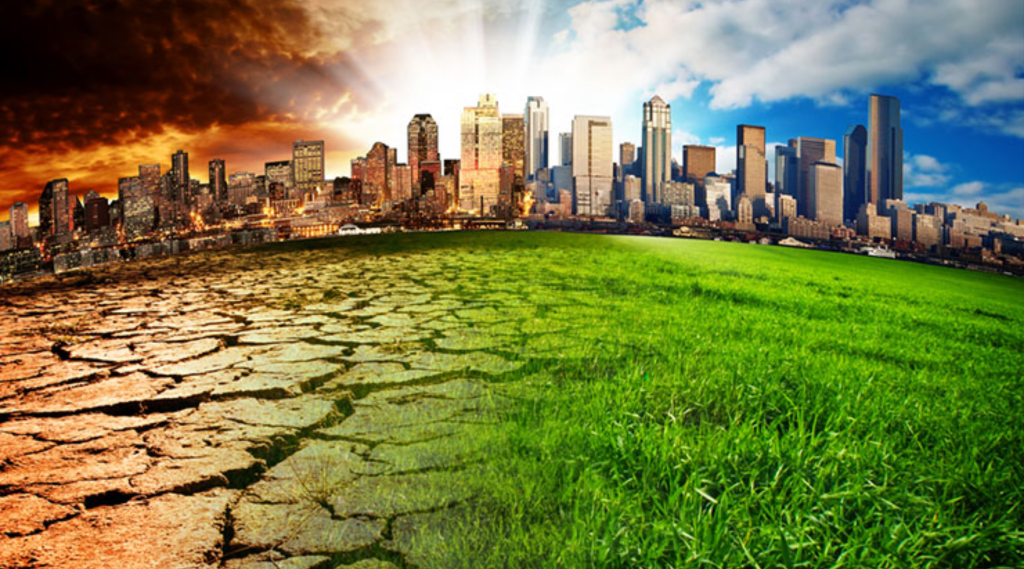
Climate change also known as global warming refers to the rise in average surface temperatures on earth. Climate change is due primarily to the human use of fossil fuels, which releases carbon dioxide and other greenhouse gases into the air. The gases trap heat within the atmosphere, which can have a range of effects on ecosystem, including rising sea levels, severe weather events, and drought that render landscape more susceptible to wildfires.
Causes of climate change
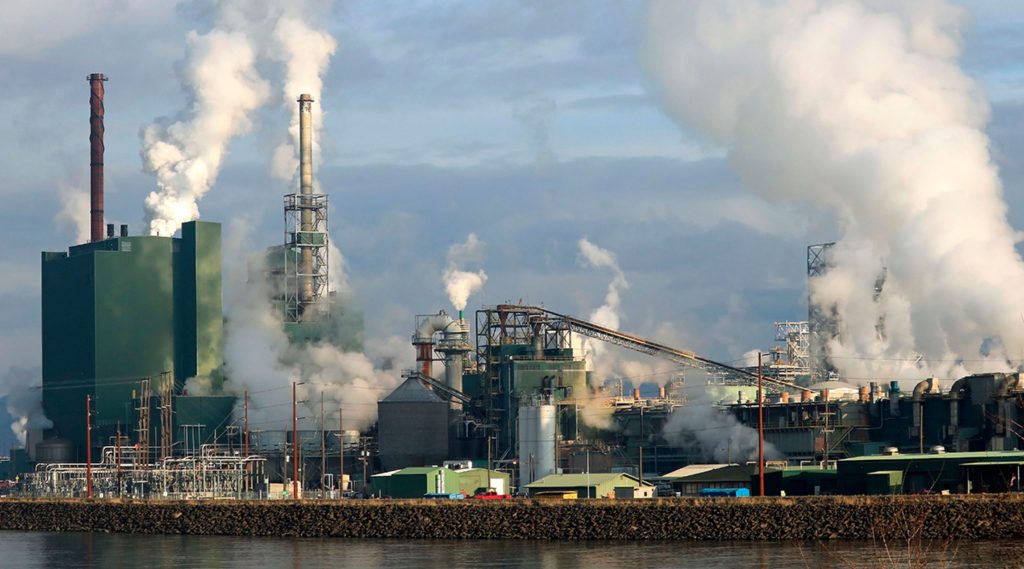
Climate change is caused by trapping excess carbon in Earth’s atmosphere. This trapped carbon pollution heats up, altering the Earth’s climate patterns. The largest source of this pollution is burning fossil fuels (such as coal and oil) for energy.
The impact of climate change
Climate change is already beginning to transform life on Earth. Around the world, seasons are shifting, temperatures are climbing and sea levels are rising. Meanwhile, our planet must still supply us and all living things with air, water, food and safe places to live. If we don’t act now, climate change will rapidly alter the lands and waters we all depend upon for survival, leaving our children and grandchildren with a very different world. Some of the most dangerous consequences of climate change are listed here. Which one will have the most impact on your life, or on the places you care about?
1) Higher Temperature
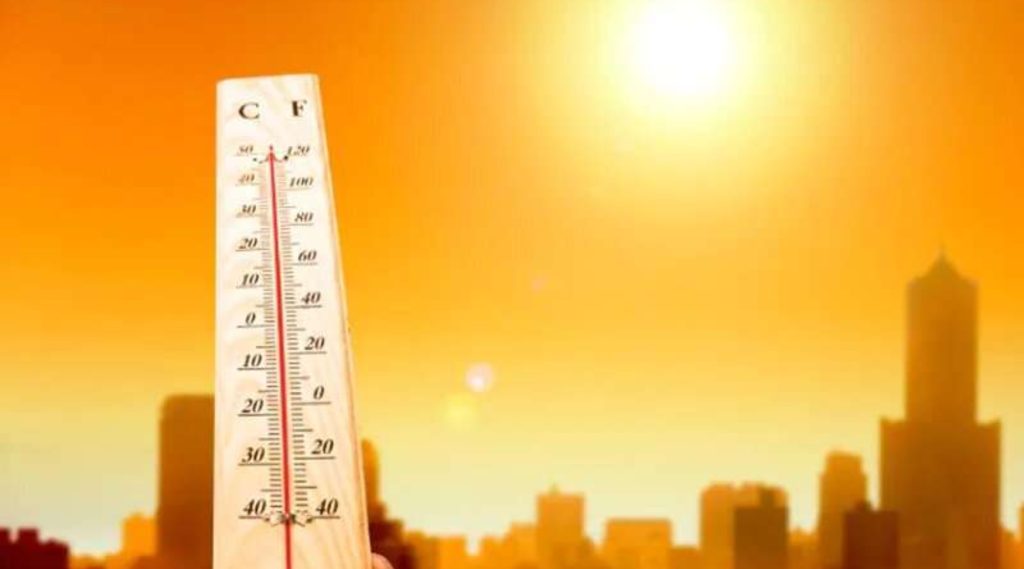
Heat-trapping gases emitted by power plants, automobiles, deforestation and other sources are warming up the planet. In fact, the five hottest years on record have all occurred since 1997 and the 10 hottest since 1990, including the warmest years on record 2005 and 2010.
High temperatures are to blame for an increase in heat-related deaths and illness, rising seas, increased storm intensity, and many of the other dangerous consequences of climate change. During 20th century, the Earth’s average temperature rose one degree Fahrenheit to its highest level in the past four centuries believed to be the fastest rise in a thousand years.
Scientist project that if emissions of heat-trapping carbon emission aren’t reduced, average surface temperature could increase by 3 to 10 degrees Fahrenheit by the end of the century. Even though one-degree and 12 degrees increase are found at different places, other areas may become much colder. The planet’s oceans are also warming, which are causing dangerous consequences such as stronger storms coral bleaching and rising seas.
2) Changing Landscapes
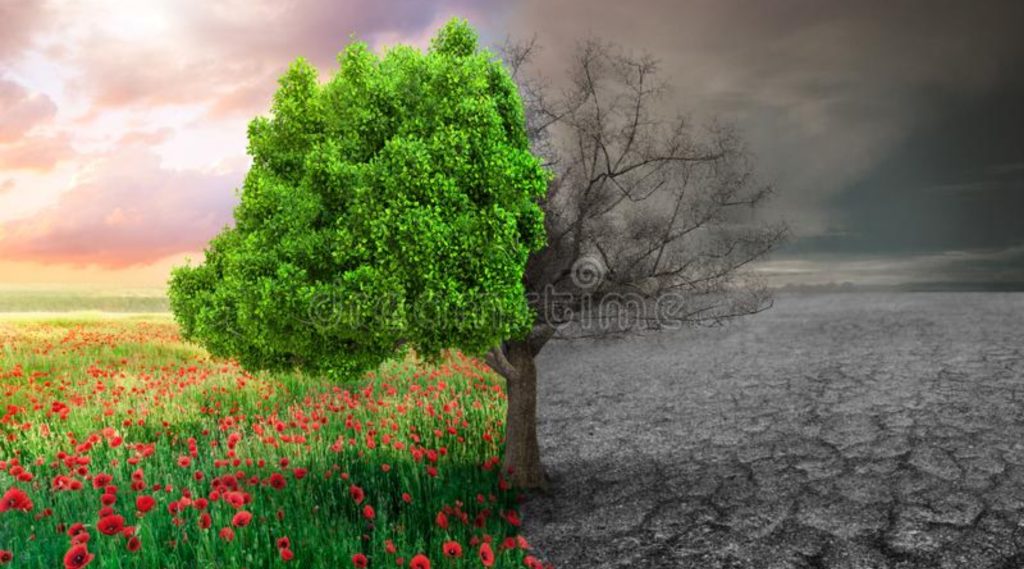
Changing temperatures are causing vegetation shifts and conservation challenges. These vegetation shifts will undermine much of the work the conservation community has accomplished to date, with the potential to permanently change the face of conservancy preserves, local land trust, and even our national parks. In the tundra area, thawing permafrost will allow shrubs and trees to take root.
In the Great Plains of the United States, grasslands will likely become forests. Meanwhile, fiery fall foliage in New England’s will eventually fade as maple and beech forests shift north toward cooler temperatures.
As plant communities try to adjust to the changing climate by moving toward cooler areas, the animal that depend on them will be forced to move Development and other barriers may block the migration of both plants and animals.
3) Wildlife at risk

Rising temperatures are changing weather and vegetation patterns across the globe, forcing animal species to migrate to new, cooler areas in order to survive. The rapid nature of climate change is likely to exceed the ability of many species to migrate to adjust. Many species are already feeling the impact of temperature increase. The examples are as follow:
In 1999, the death of the last Golden Toad in Central America marked the first documented species extinction driven by climate change.
Due to melting ice in the Arctic, polar bears may be gone from the planet in as little as 100 years. In the tropics, increased sea temperatures are causing more coral reefs to “bleach”, as the heat kills colourful algae that are necessary to coral health and survival.
4) Rising Seas, Higher Sea Levels
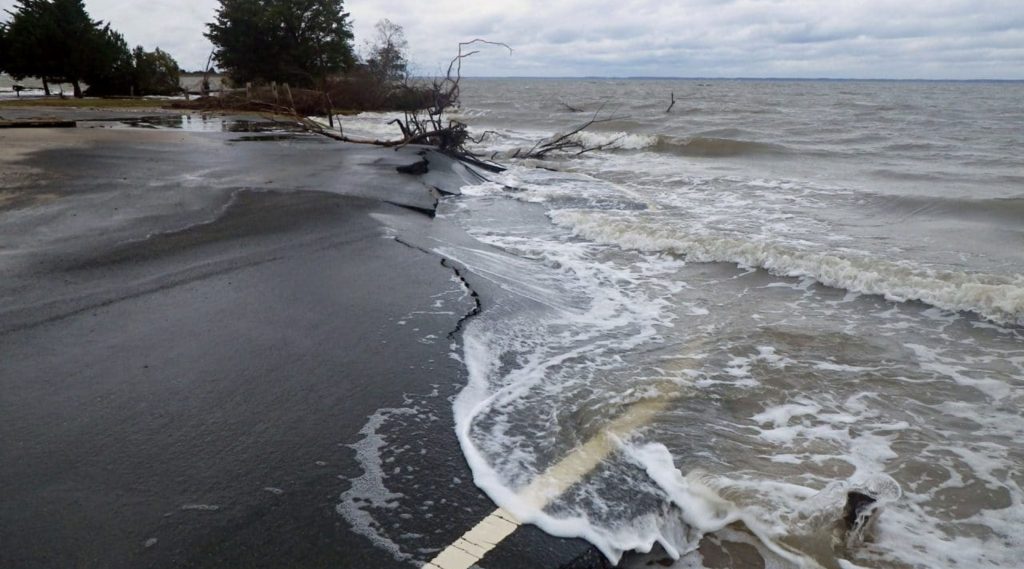
As the Earth heats up, sea levels rise because warmer water takes up more room than colder water, a process known as thermal expansion. Melting glaciers compound the problem by dumping even more fresh water into the oceans.
Rising seas threaten to inundate low-lying areas and islands, threaten dense coastal populations, erode shorelines, damage property and destroy ecosystems such as mangroves and wetlands that protect coasts against storms.
Sea level rise associated with climate change could displace tens of millions of people in low lying areas especially in developing countries. Inhabitants of some small island countries that rest barely above the existing sea level are already abandoning their islands, some of the world’s first climate exchange refugees.
5) Increased Risk of Drought, Fire and Floods
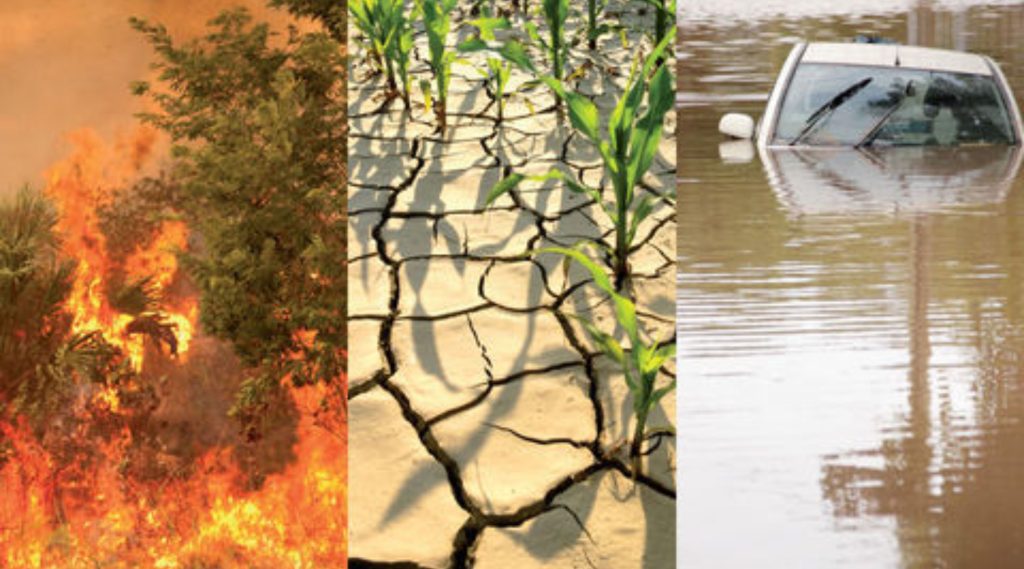
Climate change is making floods, fires and droughts more frequent and severe. Climate change is intensifying the circulation of water on, above and below the surface of the Earth causing drought and floods to be more frequent, severe and widespread.
Higher temperature increases the amount of moisture that evaporates from land and water, leading to drought in many areas. Lands affected by drought are more vulnerable to flooding once rain falls.
As temperature rise globally, droughts will become more frequent and more severe, with potentially devastating consequences for agriculture, water supply and human health. This phenomenon has already been observed in some parts of Asia and Africa, where drought have become longer and more intense.
Hot temperature and dry conditions also increase the likelihood of forest fires.
6) Heat-Related Illness and Disease

Climate change brings health risks to the world’s most vulnerable communities. As temperatures rise, so do the risks of heat-related illness and even death for the most vulnerable human populations.
As in 2003, extreme heat waves caused more than 20,000 deaths in Europe and more than 1,500 deaths in India. Scientist has linked the deadly heat waves to climate change and warn of more to come. In addition to heat-related illness, climate change may increase the spread of infectious diseases, mainly because warmer temperatures allow disease carrying insects, animals and microbes to survive in areas where they were once thwarted by cold weather.
Diseases and pests that were once limited to the tropics such as mosquitoes that carry malaria, may find hospitable conditions in new area that were once too cold to support them. The World Health Organization (WHO) estimates that climate change may have caused more than 150,000 deaths in the year 2000 alone, with an increase in deaths likely in the future.
Can Climate Change Be Stopped?
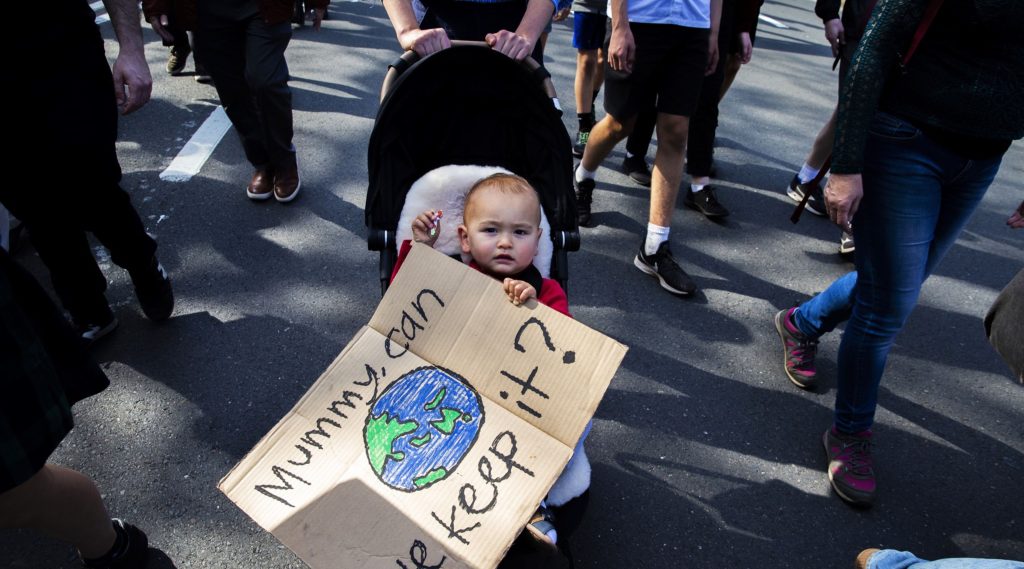
Carbon dioxide is the main cause of human-induced climate change. It is a very long-lived gas which means levels of carbon dioxide build up in the atmosphere with on-going human emissions. Stopping climate change, that is stabilizing global average temperature, can only be brought about by reducing global emissions of carbon dioxide from human fossil fuel combustion and industrial processes to near-zero levels.
Climate models have shown that to limit global warming to 2°C, this ‘zeroing’ of human emissions needs to be accomplished by around the middle of the century, this indicates how difficult the challenge is.





